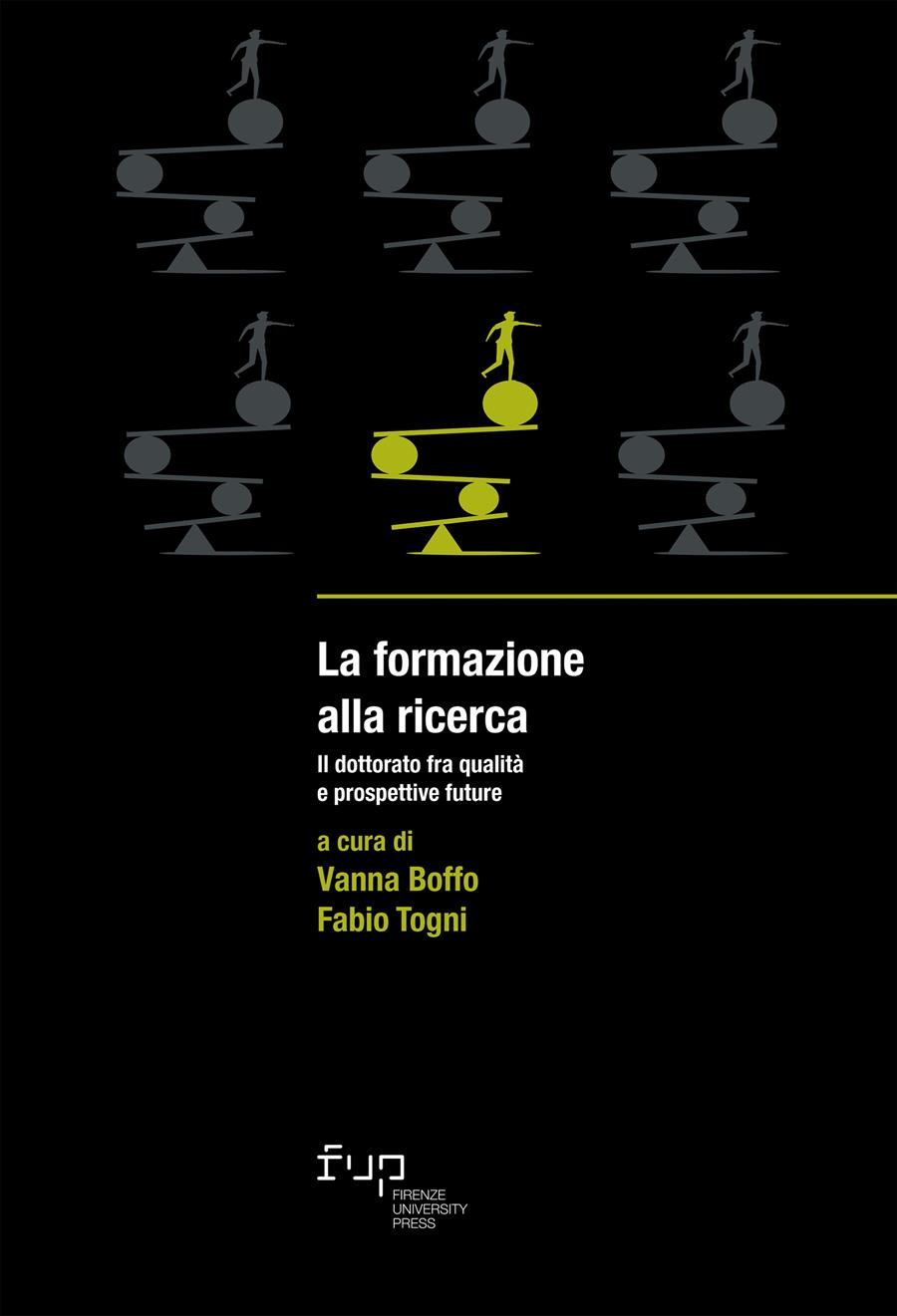- La formazione alla ricerca
- Edited by Vanna Boffo, Fabio Togni
Narrative Heroes: giocare per riscrivere il copione del bullismo e del cyberbullismo
- Elena Serritella
- © 2024 Author(s) |
- CC BY 4.0
- DOI: 10.36253/979-12-215-0504-7.36
Bullying and cyberbullying are still relevant issues of national and international concern. The literature has shown that these forms of peer violence have an important cultural basis, linked to shared social norms that are reflected in the dominant narratives of the reference group. In order to influence individual attitudes, it is therefore necessary to influence the whole community. Furthermore, the use of new technologies and gamification seem to maximise the potential for change in interventions implemented on them. Based on the results of a preliminary systematic review of the literature on existing interventions to prevent bullying and cyberbullying using technology, the project involves the design, implementation and validation of a gaming application (Narrative Heroes) aimed at preventing and counteracting bullying and cyberbullying among adolescents by harnessing the power of generating counter-narratives in an online discussion. The aim is to stimulate an active change in the participants and a change in the narratives of the norms shared by the context, which will then be reflected in a change in attitudes and beliefs towards bullying and cyberbullying, both at an individual and group level.
- Keywords:
- Bullying,
- Cyberbullying,
- Gamification,
- Intervention,
- Prevention,
University of Florence, Italy - ORCID: 0000-0002-0605-3125
- Bamberg, Michael, e Molly Andrews, edited by. 2004. Considering Counter-Narratives: Narrating, Resisting, Making Sense. Amsterdam-Philadelphia: John Benjamins Publishing. DOI: 10.1075/sin.4
- European Commission. 2020. Anti-bullying Practices from the Repository of the European Platform for Investing in Children (EPIC). Luxembourg: Publications Office of the European Union. <https://data.europa.eu/doi/10.2767/013374> (2024-02-01).
- Gaffney, Hannah, Ttofi, Maria M., e David P. Farrington. 2021a. “Effectiveness of School-Based Programs to Reduce Bullying Perpetration and Victimazion: An Updated Systematic Review and Meta-Analysis.” Campbell Systematic Reviews 17 (2): e1143. DOI: 10.1002/cl2.1143
- Gaffney, Hannah, Ttofi, Maria M., e David P. Farrington. 2021b. “What Works in Anti-Bullying Programs? Analysis of Effective Intervention Components.” Journal of School Psychology 85: 37-56. DOI: 10.1016/j.jsp.2020.12.002
- HBSC. 2023. La sorveglianza HBSC 2022. Health Behaviour in School-aged Children: principali risultati dello studio italiano tra i ragazzi di 11, 13, 15 e 17 anni. <https://www.sportesalute.eu/images/studi-e-dati-dello-sport/schede/2023/126-HBSC_Schede_Sintesi.pdf> (2024-02-01).
- Joinson, Adam, McKenna, Katelyn Y.A., Postmes, Tom, e Ulf Reips, edited by. 2007. Oxford Handbook of Internet Psychology. Oxford: Oxford University Press. DOI: 10.1093/oxfordhb/9780199561803.001.0001
- Lambert, Joe. 20093 (2002). Digital Storytelling. Capturing Lives, Creating Community. Berkeley: Digital Diner Press.
- Menesini, Ersilia, e Christiane Spiel. 2012. “Introduction: Cyberbullying: Development, Consequences, Risk and Protective Factors.” European Journal of Developmental Psychology 9 (2): 163-67. DOI: 10.1080/17405629.2011.652833
- Olweus, Dan. 1993. Bullying at School: What We Know and What We Can Do. Malden, MA: Blackwell Publishing.
- Seaborn, Katie, e Deborah I. Fels. 2015. “Gamification in Theory and Action: A Survey.” International Journal of Human-Computer Studies 74: 14-31. DOI: 10.1016/j.ijhcs.2014.09.006
- Silverman, Tanya, Stewart, Christopher J., Amanullah, Zahed, e Birdwell, Jonathan. 2016. The Impact of Counter-Narratives. Insights from a Year-Long Cross-Platform Pilot Study of Counter-Narrative Curation, Targeting, Evaluation and Impact. London: Institute for Strategic Dialogue. <https://www.isdglobal.org/wp-content/uploads/2016/08/Impact-of-Counter-Narratives_ONLINE_1.pdf> (2024-02-01).
- Spears, Russell, e Tom Postmes. 2015. “Group Identity, Social Influence, and Collective Action Online: Extensions and Applications of the SIDE Model.” In The Handbook of the Psychology of Communication Technology, edited by S.Shyam Sundar, 23-46. Malden-Oxford-Chichester: Wiley Blackwell. DOI: 10.1002/9781118426456.ch2
- Stroud, Scott R., e William Cox. 2018. “The Varieties of Feminist Counterspeech in the Misogynistic Online World”. In Mediating Misogyny: Gender, Technology, and Harassment, edited by J.R. Vickery e T. Everbach, 293-310. Cham: Palgrave Macmillan. DOI: 10.1007/978-3-319-72917-6_15
- UNICEF. 2018. “Half of World’s Teens Experience Peer Violence in and Around School.” <https://www.unicef.org/press-releases/half-worlds-teens-experience-peer-violence-and-around-school-unicef> (2024-02-01).
Chapter Information
Chapter Title
Narrative Heroes: giocare per riscrivere il copione del bullismo e del cyberbullismo
Authors
Elena Serritella
Language
Italian
DOI
10.36253/979-12-215-0504-7.36
Peer Reviewed
Publication Year
2024
Copyright Information
© 2024 Author(s)
Content License
Metadata License
Bibliographic Information
Book Title
La formazione alla ricerca
Book Subtitle
Il dottorato fra qualità e prospettive future
Editors
Vanna Boffo, Fabio Togni
Peer Reviewed
Number of Pages
320
Publication Year
2024
Copyright Information
© 2024 Author(s)
Content License
Metadata License
Publisher Name
Firenze University Press
DOI
10.36253/979-12-215-0504-7
ISBN Print
979-12-215-0503-0
eISBN (pdf)
979-12-215-0504-7
eISBN (xml)
979-12-215-0505-4
Series Title
Studies on Adult Learning and Education
Series ISSN
2704-596X
Series E-ISSN
2704-5781
